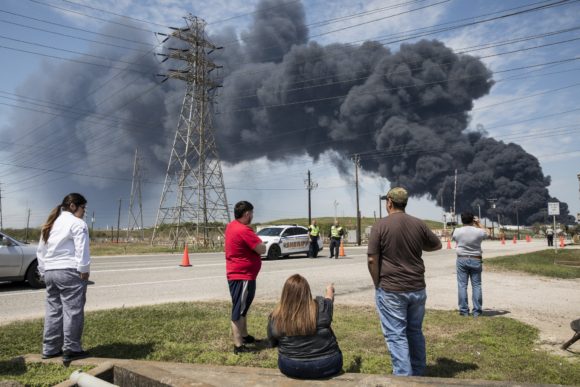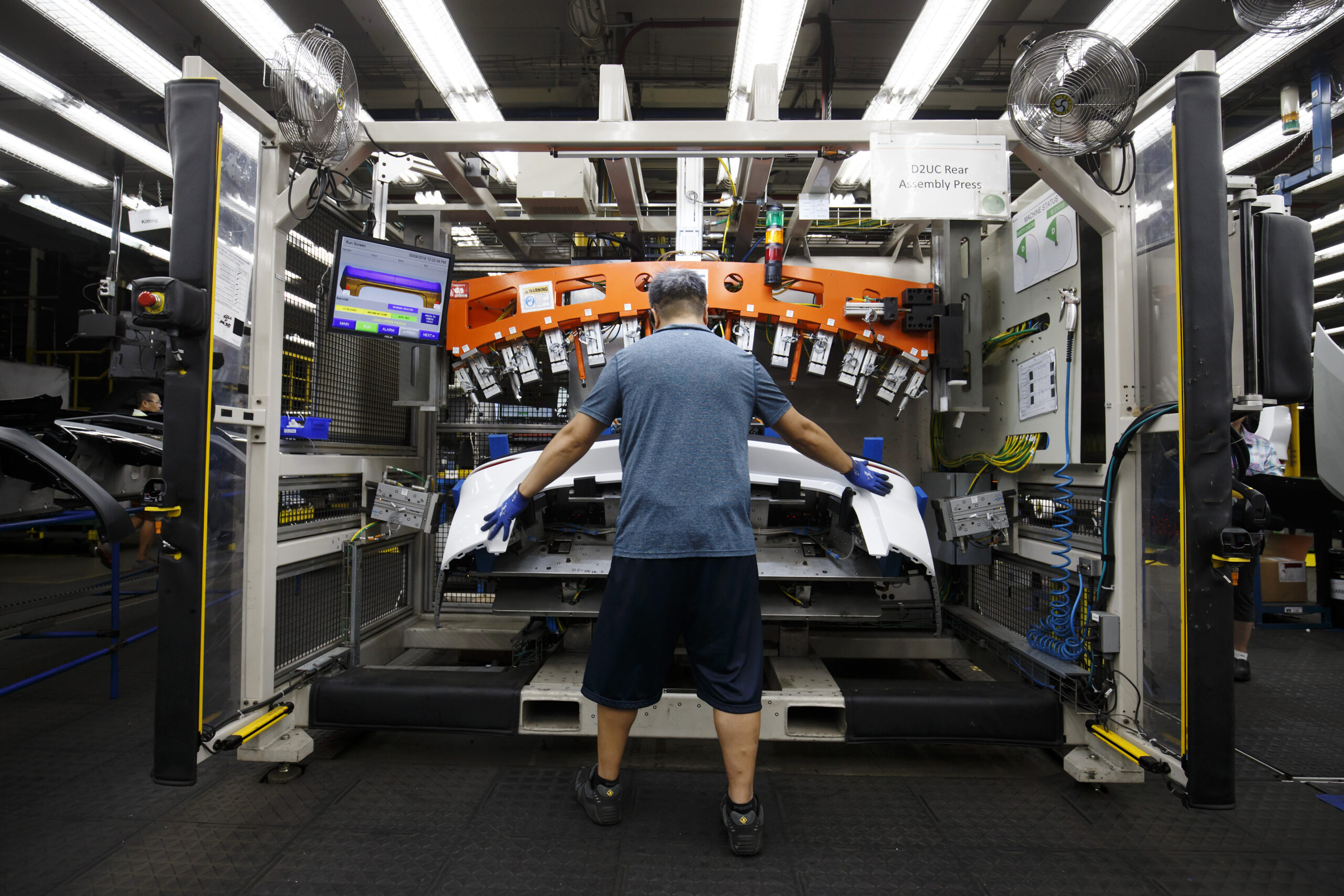The U.S. Gulf Coast’s most important industrial waterway partially reopened on Monday after it was polluted with cancer-causing benzene and toxic runoff from the region’s worst chemical disaster in more than a decade.
A two-mile stretch of the Houston Ship Channel’s that’s been closed for three days will be open during daytime hours while the clean-up continues. Pilots have been ordered by the U.S. Coast Guard to stay at least 30 minutes apart so each vessel can be inspected to ensure it’s not dragging oily residue through the water.
The partial reopening means that oil refiners, chemical makers, grain exporters and other industries in Houston’s eastern suburbs are no longer cut off from the Gulf of Mexico and international markets. The Port of Houston handles more than $130 billion in trade annually. Industrial chemicals are by far the largest bulk commodity traversing the waterway, followed by petroleum coke and grain.
More than 30 ships were stranded earlier Monday on either side of the no-go zone as the unfolding Intercontinental Terminals Co. calamity entered its second week, according to Coast Guard figures. Royal Dutch Shell Plc slowed fuel production at its Houston-area refinery because of the disruption to waterborne crude deliveries, Reuters reported.
ITC achieved a significant milestone Sunday in emptying more than half a million gallons of toxic liquid from an onshore tank wrecked in the four-day blaze that erupted March 17 and sent a mile-high plume of black smoke skyward. As of Monday morning, five tanks had been emptied and two more were targeted for draining.
“This incident is not over,” Harris County Judge Lina Hidalgo said during a media briefing on Monday afternoon. “Currently, it’s a volatile situation.” The county issued a subpoena ordering ITC to preserve all evidence, she said.
The channel isn’t a source of drinking water for Houston or its suburbs. Dozens of major companies rely on the waterway to receive crude oil and other raw materials, and to send out finished products such as fuel and livestock feed.
ITC crews finally drained about 13,000 barrels (546,000 gallons) of a benzene-laced refining byproduct called pygas from a charred tank on Sunday after two earlier unsuccessful attempts, said Brent Weber, the company’s incident commander.
Tank 80-7
By Monday, that tank — numbered 80-7 on the facility map — had been completely drained, a significant achievement for ITC because it allows crews access to other damaged tanks still holding dangerous chemicals. A 2-foot (0.6-meter) deep pool of chemicals on the ground around the damaged tanks was reduced to 2 inches by Sunday morning.
Benzene levels in the air over suburban Deer Park and neighboring communities remained below harmful levels, said Adam Adams of the U.S. Environmental Protection Agency.
Was this article valuable?
Here are more articles you may enjoy.


 Carney Pledges Billions for Canada Auto Sector in Trade War
Carney Pledges Billions for Canada Auto Sector in Trade War  Tesla Showroom Strikes, Vandalism Sparked by Fury Against Musk
Tesla Showroom Strikes, Vandalism Sparked by Fury Against Musk  Catastrophe Experts Tap AI to Tackle Soaring Insured Losses
Catastrophe Experts Tap AI to Tackle Soaring Insured Losses  Auto Insurer Fined for Data Breach That Impacted 45K New Yorkers
Auto Insurer Fined for Data Breach That Impacted 45K New Yorkers 